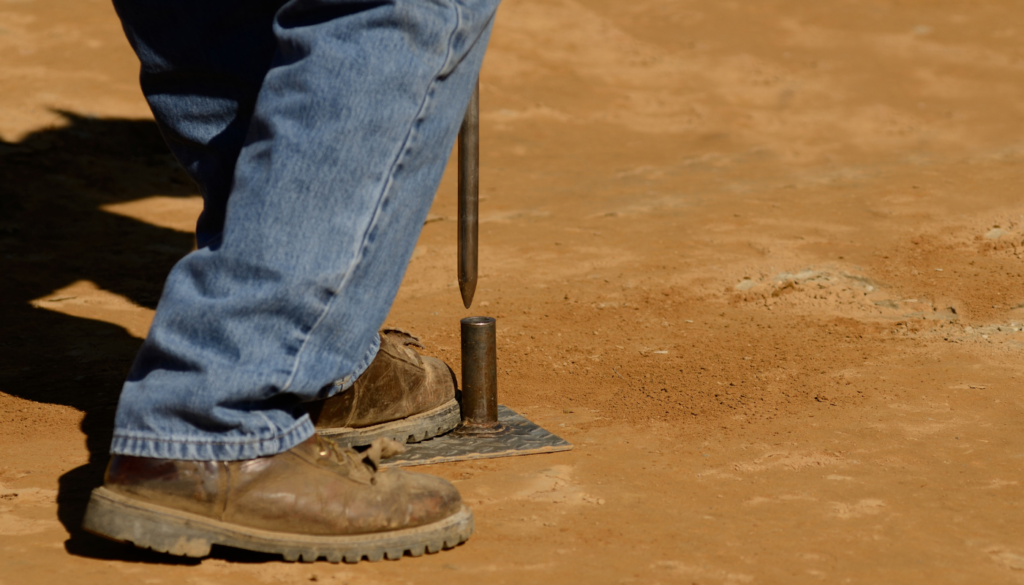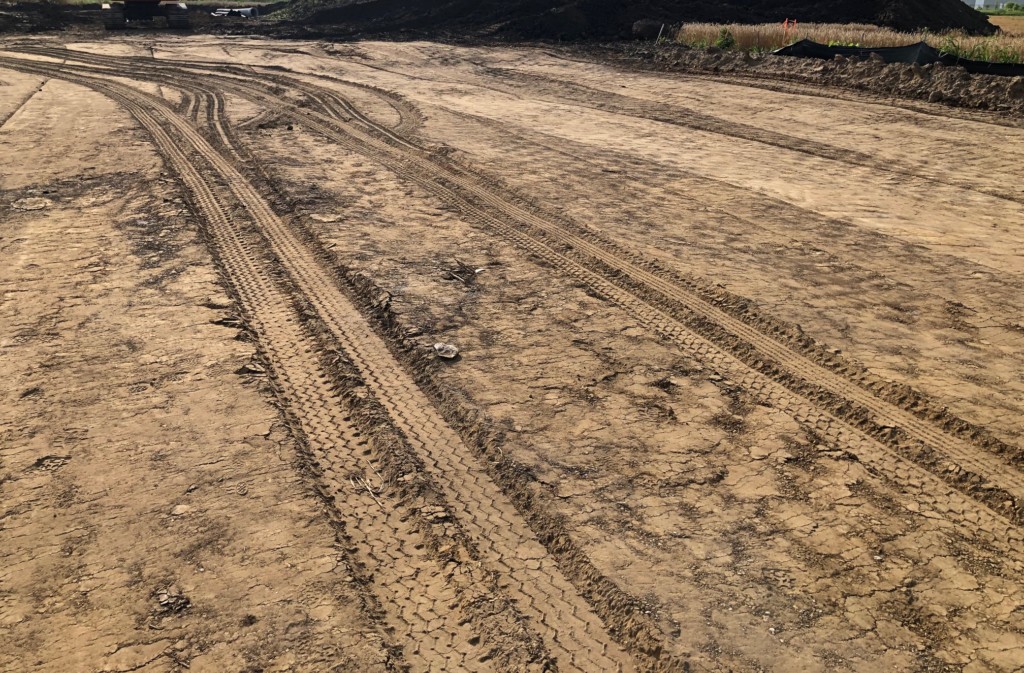
For a new inspector, checking spread footing soils can appear to be subjective. Also, you may have a have a difficult time classifying soils or trying to determine if the soils at the base of the excavation are native or fill material. Most of these problems can be solve by following a few simple guidelines and best practices.
Before starting any footing inspection, you should have a copy of the geotechnical report. In the geotechnical report you will find various topics such as a geotechnical summary, earthwork recommendations, foundation recommendations, etc. The special inspector should review the entire geotechnical report prior to inspecting foundation soils. This will give you an idea on whether or not unsuitable soils are expected at the base of the footing excavation.
Once the foundation excavation has begun, the inspector should observe the soils at the base of the excavation using a hand auger. The compressive strength of the soils should be verified using a pocket penetrometer, Rimac unconfined soil tester using tube samples, or a dynamic cone penetrometer.
After observing and testing the in-place foundation soils, the inspector should compare the in-place test data and observations to the geotechnical report. Based on the observations and test data, the inspector shall be able to determine if the soils at the base of the excavation meet the the design bearing capacity specifications.
If there is a deviation between what is observed in the field and what is described and recommended in the geotechnical report, the inspector should notify the geotechnical engineer prior to any remediation. For example, if an inspector observes more unsuitable fill material than what is noted in the geotechnical report or the material tested does not meet the design bearing capacity, the geotechnical engineer should be notified. If the geotechnical engineer considers the material unsuitable, the engineer can recommend a remediation procedure for the unsuitable soils.







